Hi there, pet lovers! 🐍
For reptile enthusiasts seeking a snake that embodies power, intelligence, and sheer majesty, the Eastern Indigo Snake (Drymarchon couperi) stands in a league of its own. Often compared to the king cobra for its ecological dominance, this non-venomous colubrid is North America’s longest native snake—a breathtaking blend of beauty and brawn.
But is the Eastern Indigo Snake the right pet for you? Unlike beginner-friendly reptiles, this species demands experience, commitment, and a strong stomach (literally). In this detailed review, we’ll explore every facet of owning an Eastern Indigo, from its handling quirks to its unique care requirements, legal considerations, and long-term costs.
Overview
The Eastern Indigo Snake is a large, active, and intelligent reptile native to the southeastern United States. Revered for its iridescent blue-black scales and commanding presence, this snake fills a similar ecological niche to Asia’s king cobra—preying on other snakes, including venomous species like rattlesnakes.
Here’s a quick summary of what makes this snake extraordinary:
- Handling and Temperament: Docile but powerful; prone to explosive defecation.
- Care and Maintenance: Moderate difficulty—requires spacious enclosures and frequent cleaning.
- Health and Durability: Hardy if kept properly; sensitive to overheating.
- Availability: Rare due to endangered status; permits often required.
- Cost: Expensive upfront and ongoing (food, substrate, enclosures).
- Overall: A dream snake for advanced keepers, but not for the faint of heart (or nose).
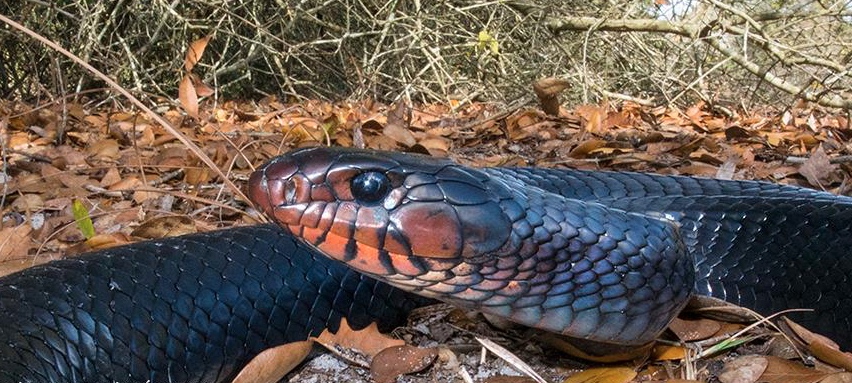
Why Choose an Eastern Indigo Snake?
The Eastern Indigo Snake is not a pet for beginners. It’s a commitment—both financially and in terms of daily care. However, for experienced reptile keepers, this snake offers:
✔ Unmatched Presence: With lengths reaching 8+ feet, it’s North America’s longest snake.
✔ Stunning Appearance: Glossy, iridescent scales that shift between black, blue, and purple in sunlight.
✔ High Intelligence: Curious, active, and responsive to enrichment.
✔ Ecological Uniqueness: A rare opportunity to keep a near-apex predator in captivity.
But before diving in, prospective owners must weigh the challenges—messiness, legal hurdles, and specialized care.
Handling and Temperament
A Powerful but Generally Docile Snake
Eastern Indigos are surprisingly tolerant of handling compared to other large constrictors or venomous snakes. They rarely bite defensively, though their strong feeding response means accidental nips can happen (especially if fingers smell like food).
However, their most infamous trait?
The “Fecal Flood” Phenomenon
These snakes have fast metabolisms, meaning they eat—and defecate—frequently. Unlike most reptiles, Eastern Indigos don’t just poop… they projectile-spray it.
- Volume & Accuracy: Enough to drench clothing, walls, or unsuspecting handlers.
- Odor: Potent and lingering—immediate cleanup is mandatory.
- Predictability: Usually occurs 2-3 days after feeding, but surprises happen.
Handling Tips
- Always keep a change of clothes and cleaning supplies nearby.
- Avoid handling after meals to minimize accidents.
- Support their body fully—they’re strong and muscular.
Care and Maintenance
Enclosure Setup
Eastern Indigos need spacious, escape-proof housing:
- Minimum Size: 4’ x 2’ x 2’ for adults (larger is better).
- Security: Heavy-duty locks—they’re escape artists.
- Substrate: Absorbent materials (cypress mulch, paper towels) for easy cleanup.
- Climbing & Hiding: Though terrestrial, they appreciate branches and hides.
Temperature & Humidity
Unlike tropical snakes, Eastern Indigos thrive at room temperature:
- Ideal Range: 72–78°F (22–26°C).
- Danger Zone: Temperatures above 80°F (27°C) can cause fatal overheating.
- Humidity: 50–60% (no misting needed).
Feeding
Eastern Indigos are voracious eaters with diverse diets:
- Primary Food: Rats, chicks, quail, fish, and even lean meats (chicken breast).
- Feeding Frequency: Weekly for adults, twice weekly for juveniles.
- Hydration: A large water bowl is critical for kidney health.
Warning: Their strong jaws are less flexible than other snakes—avoid oversized prey.

Health and Durability
Common Health Concerns
- Dehydration: Causes kidney issues—always provide fresh water.
- Overheating: Can be fatal; never use heat lamps.
- Obesity: Overfeeding leads to fatty liver disease.
Lifespan
With proper care, Eastern Indigos live 20+ years in captivity—making them a long-term commitment.
Availability and Cost
Legal Considerations
- Endangered Status: Protected under the U.S. Endangered Species Act.
- Permits Required: Often needed for interstate transport or ownership.
- State Laws: Some states ban private ownership entirely.
Purchasing
- Price: $1,500 to $3,000+ for captive-bred juveniles.
- Where to Buy: Specialized breeders (rare at pet stores/expos).
Setup Costs
- Enclosure: $300 to $600 (custom-built recommended).
- Food/Substrate: $50 to $100/month (high consumption).
Pros and Cons
Pros
✔ Breathtaking appearance (iridescent scales).
✔ Docile temperament (for a large snake).
✔ Fascinating intelligence and activity.
✔ Long lifespan (20+ years with proper care).
Cons
❌ Explosive defecation (frequent, messy, smelly).
❌ Expensive upfront and ongoing costs.
❌ Legal restrictions (permits, state laws).
❌ Not beginner-friendly (requires experience).

Final Thoughts
The Eastern Indigo Snake is a reptile keeper’s dream—but one that demands preparation, patience, and a high tolerance for mess. If you’re an experienced herpetologist willing to navigate legal hurdles and invest in proper care, this snake offers an unparalleled captive experience.
For casual hobbyists? Stick with lower-maintenance species (like ball pythons or corn snakes). But for those ready to embrace the challenge, the Eastern Indigo is as close as you can get to owning a king cobra—without the venom.
Have you ever kept an Eastern Indigo? Share your experiences in the comments!
Want more in-depth reptile reviews? Subscribe for expert care guides, species breakdowns, and exclusive tips! 🐍



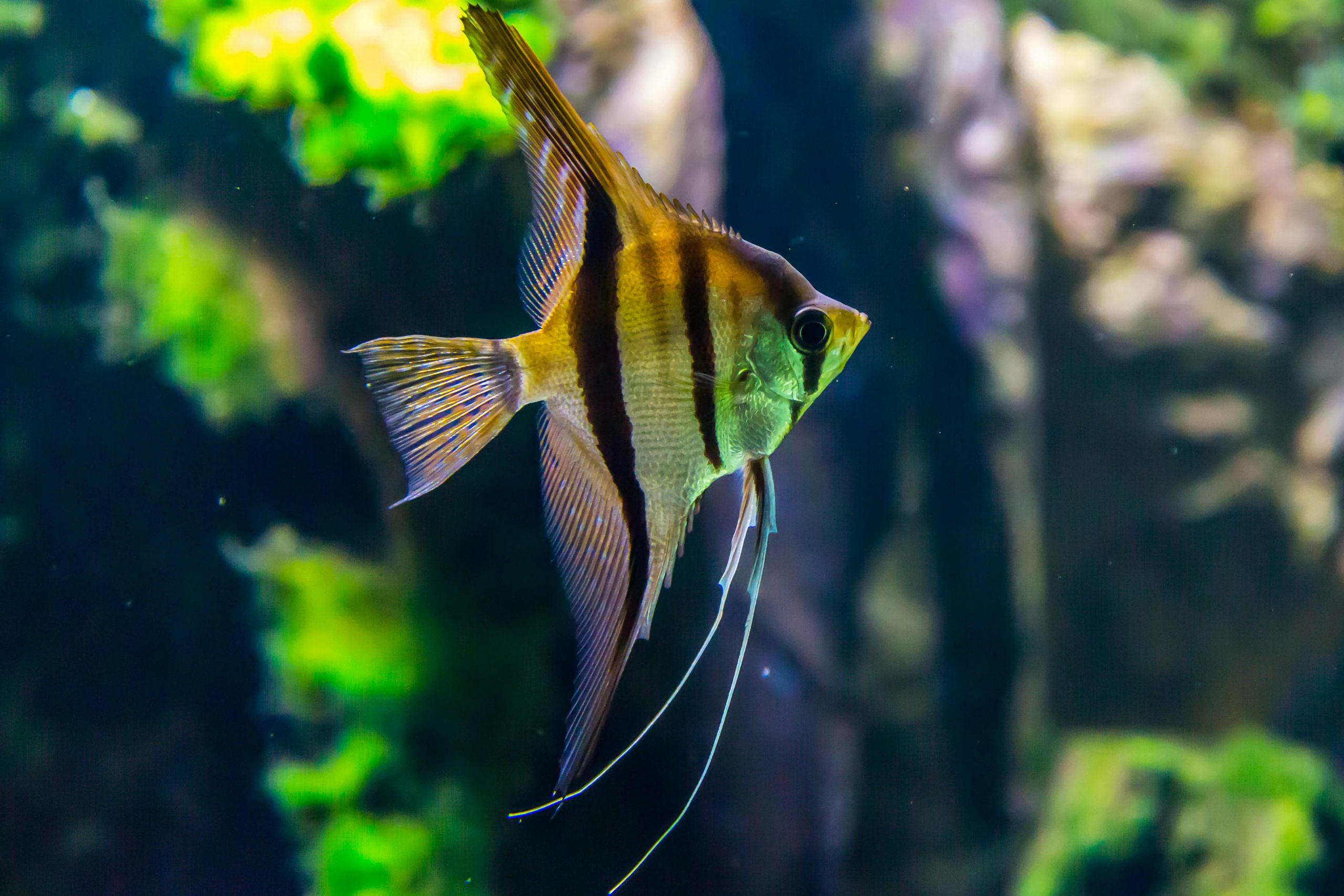
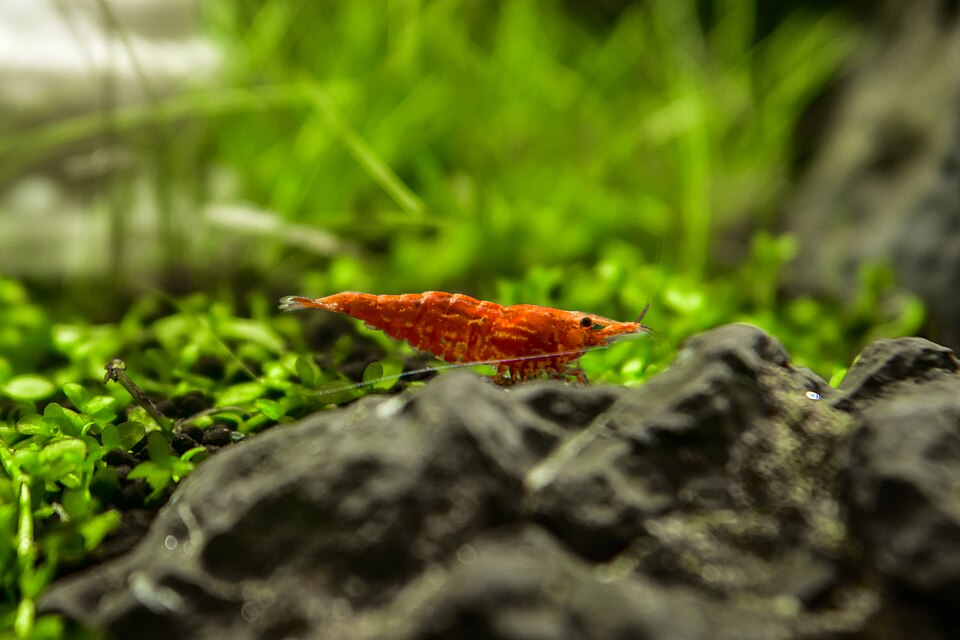

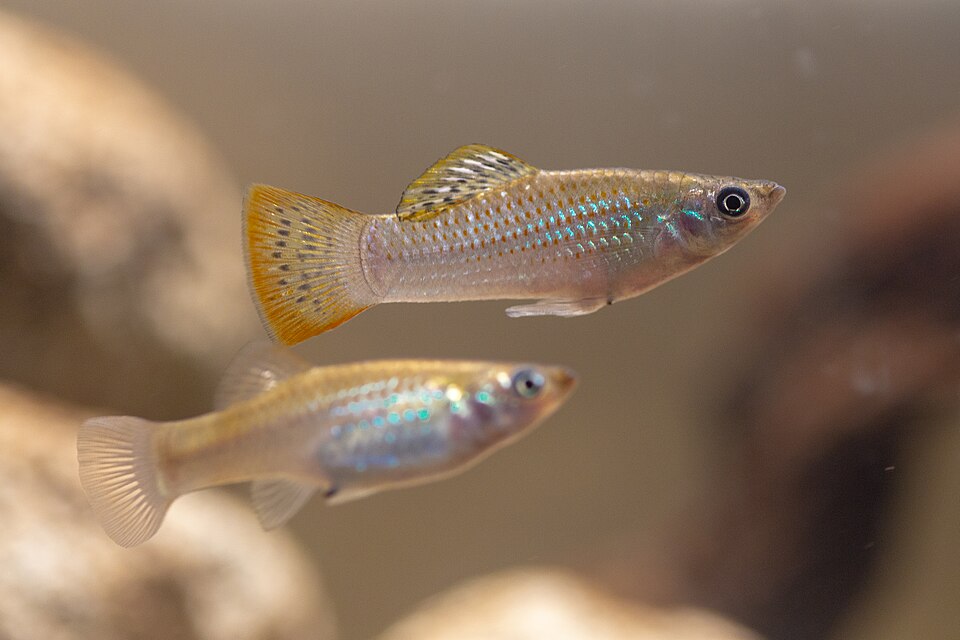
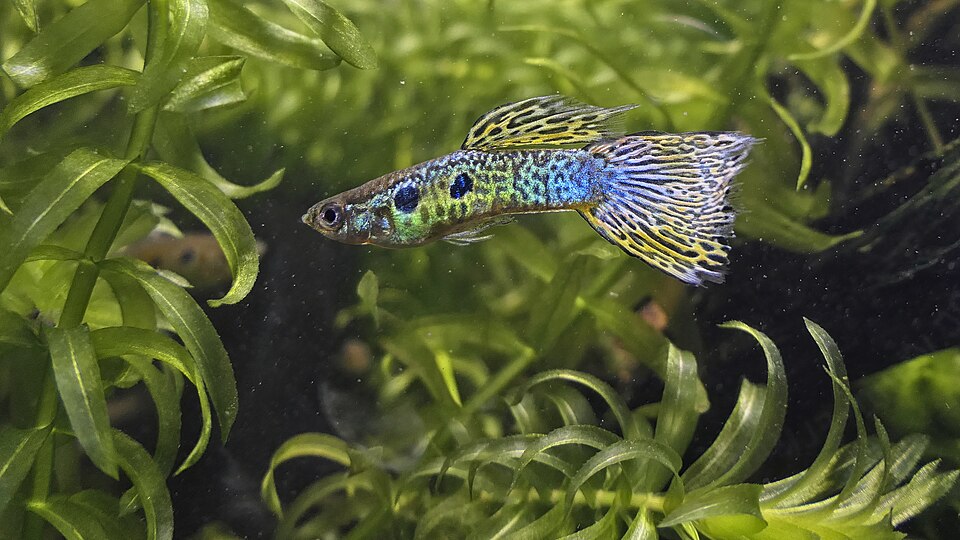
Leave a Reply